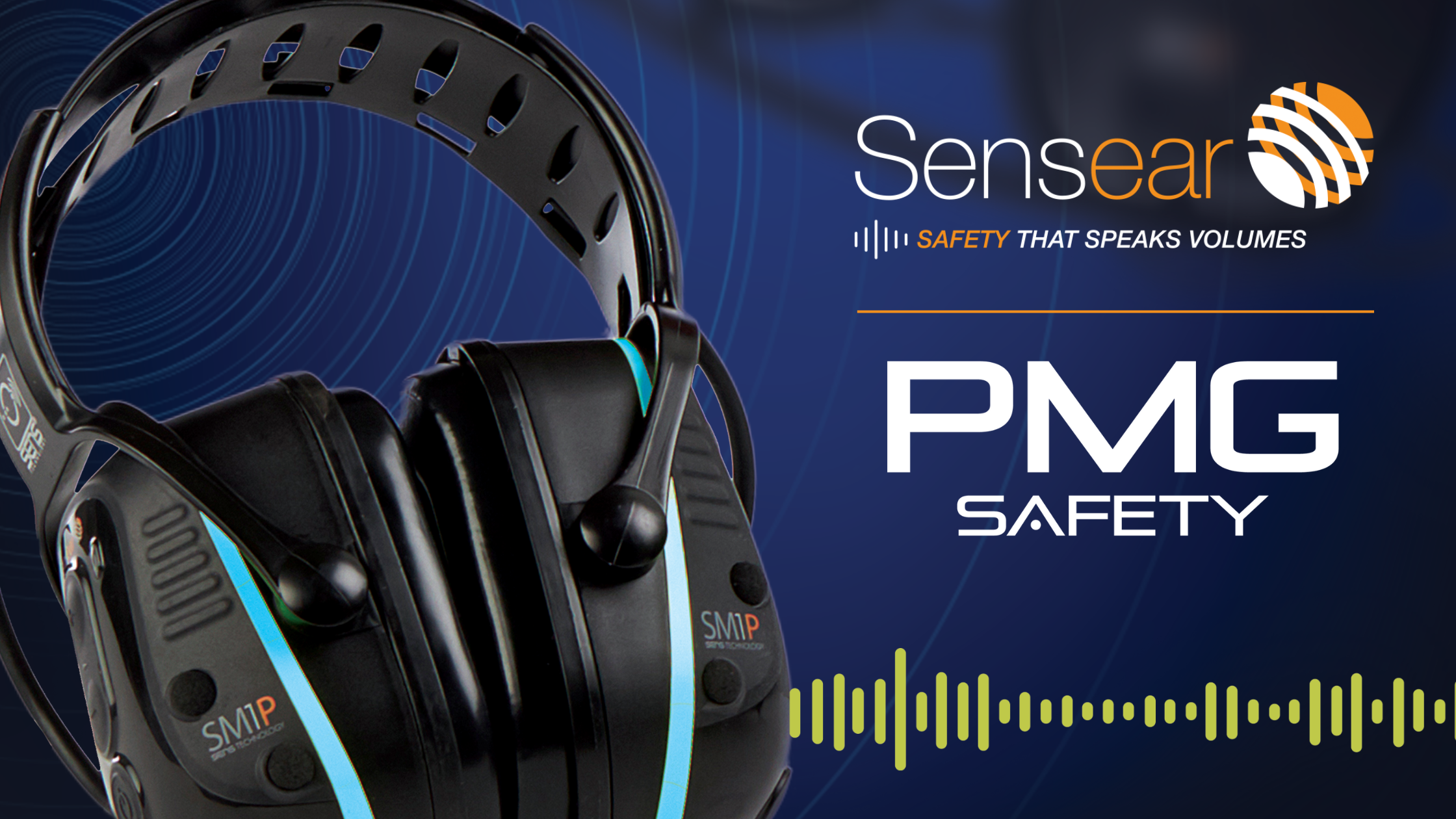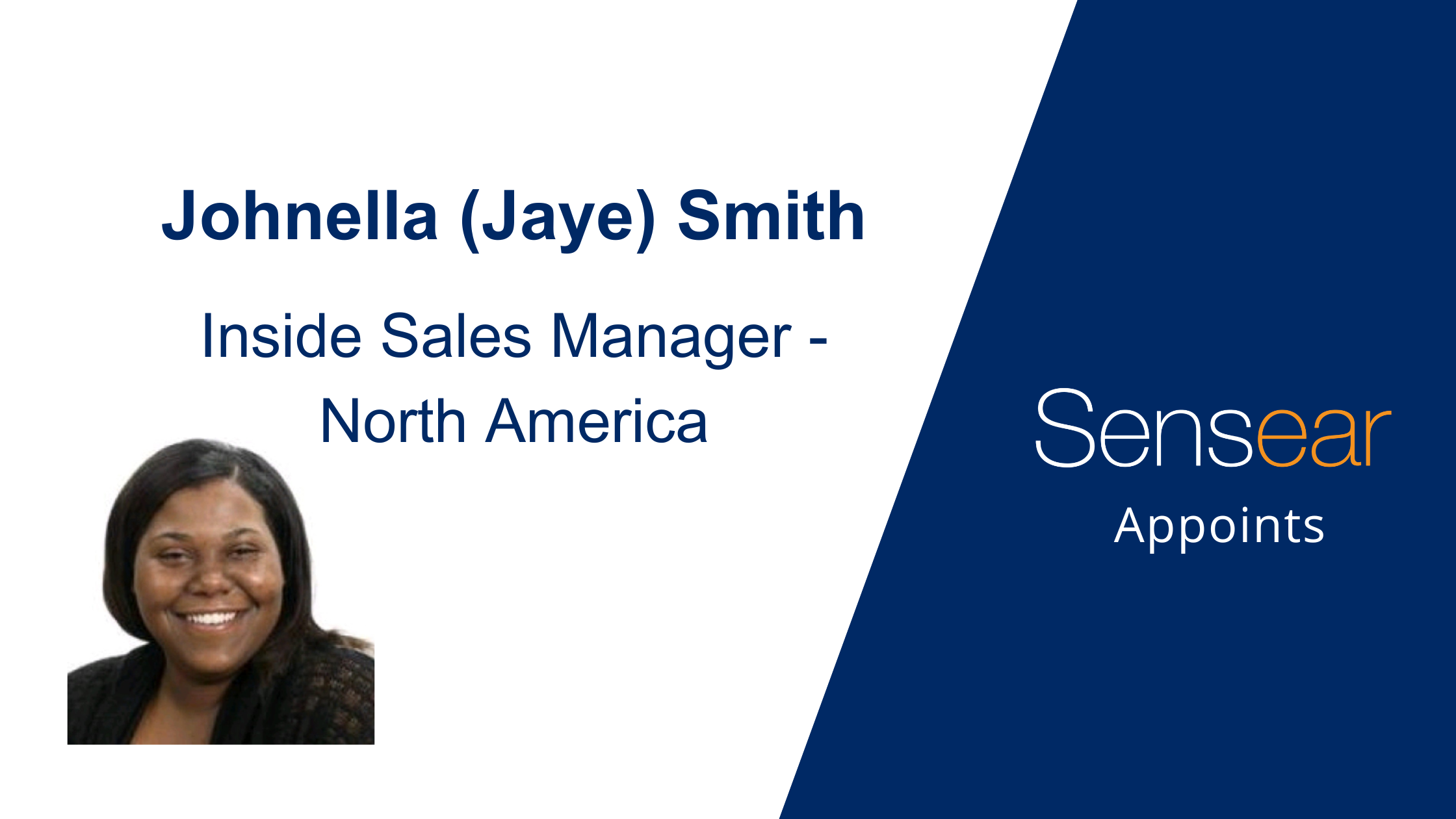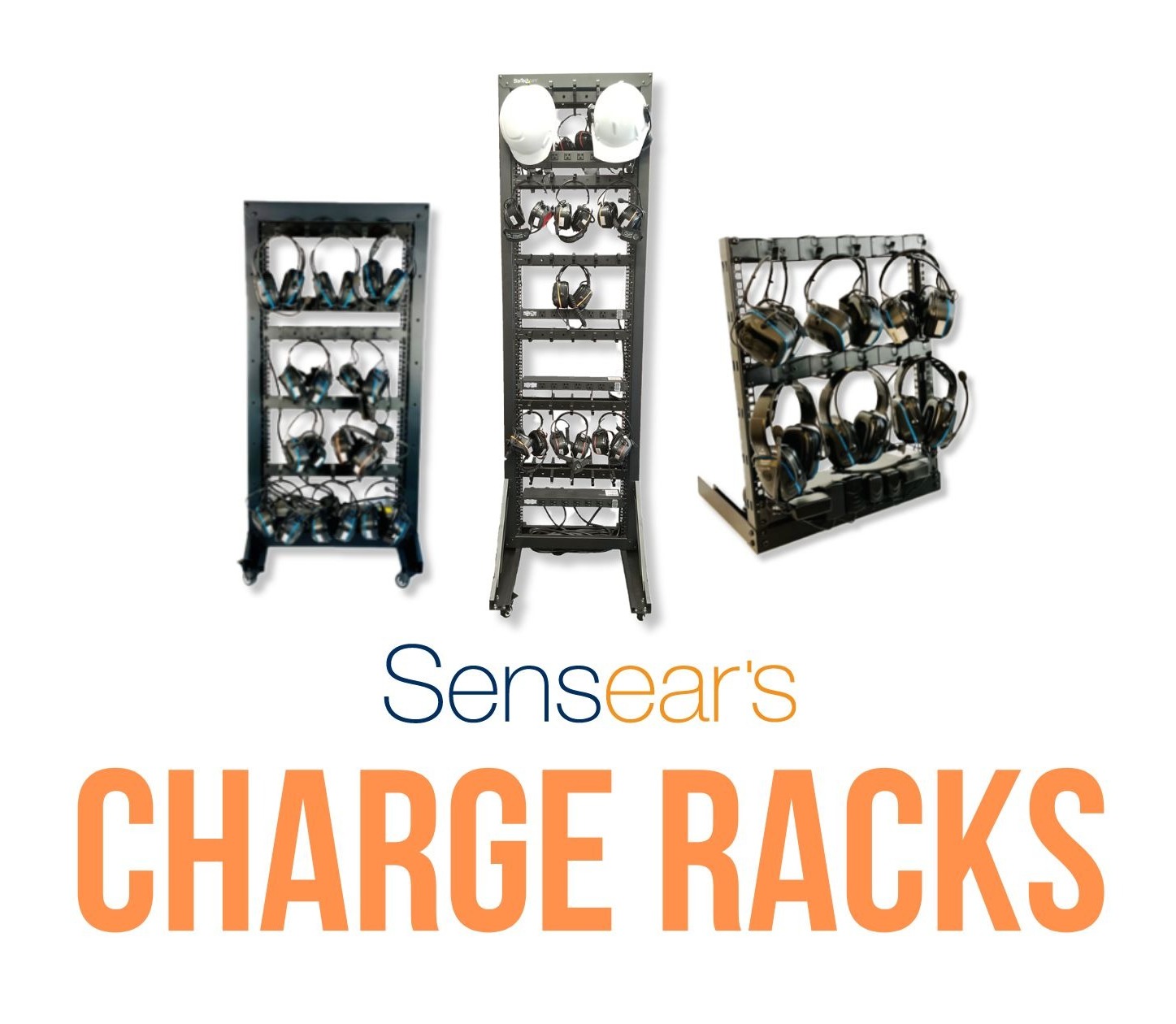According to OSHA (Occupational Safety & Health Administration), about 30 million people are exposed to noise a year on the job, and it’s been one of the biggest concerns in the US for nearly 3 decades. In fact, there are quite a few high-noise environments where workers are exposed to harmful levels of noise.
While we’re typically used to thinking of mining, power plants, and heavy vehicles as key environments, there are other jobs that can damage hearing as well. For example, if you operate a lawnmower, work at a nightclub, work at an airport on the ground, or even as a shooting range marshal, you’re exposing your ears to 107dB of noise—to as high as 140dB.
Since hearing loss occurs at around 85dB, occupational hearing loss is proven to be the responsibility of the employer, it’s important to understand how it happens, the impact it has on workers—and your bottom line, and what you can do about it.

What is Hearing Loss?
There are a number of factors that impact hearing loss, and it’s important to understand the differences—especially when dealing with Worker’s Compensation Claims. There are two main types of hearing loss: conductive loss and sensory hearing loss.
According to ASHA (American Speech-Language-Hearing Association), Conductive Hearing Loss “occurs when sound is not conducted efficiently through the outer ear canal to the eardrum and the tiny bones (ossicles) of the middle ear.” This type of hearing loss isn’t caused by a loud noise in work environments, generally doesn’t occur on the job, and can sometimes be corrected medically.
Sensory Hearing Loss (included under the heading of Sensorineural hearing loss), can occur when the hair cells inside the ear that are responsible for detecting hearing are damaged. This can happen in a loud noise environment and result in a workers’ compensation claim.
Basically, noise exposure-induced hearing loss can occur in two modes, referred to as Permanent Threshold Shift (PTS). and Temporary Threshold Shift (TTS). PTS is a long-term permanent change (reduction) in hearing as a result of continuous exposure to noise (as in a noisy workplace). TTS occurs when the individual experiences a “short burst” of noise (like a gunshot). PTS is permanent, while someone who gets TTS can recover after a short period of time.
When dealing with a situation where PTS has occurred in the workplace, it’s also important to determine whether hearing loss is Monaural or Binaural. Monaural (also referred to as Unilateral hearing loss (UHL) or single-sided deafness (SSD)), occurs when the worker has lost hearing on only one side. Binaural refers to hearing loss in both ears. This is important to note as the result can impact the quality of life for the worker.
What is the Impact of Hearing Loss on Employees?
Hearing loss as a result of loud noise in the work environment is typically permanent, and can have the following impacts on employees:
- Physical stress
- Psychological stress
- Impairs ability to communicate
- Impacts safety
- Hearing loss can impact how a person interacts with other people. Whether it's communicating on the job, interacting with friends or family, or enjoying a favorite activity, the loss of hearing can cause stress, frustration, and isolation among those impacted. The personal toll isn’t the only aspect that you should be concerned with. Employees who experience hearing loss on the job can directly impact your bottom line.
How Does This Impact Your Bottom Line?
If you are self-insuring a portion of your workers’ compensation, a reduction in hearing loss claims can directly impact your bottom line. According to AMAXX, hearing loss claims can be the most difficult to prove/disprove, due to the many variables involved. The more complex a claim or the length to resolve the case can result in costs going up dramatically.
For example, according to BusinessInsurance.com, the cost of an average claim to close in 30 days is only $287. That cost nearly triples when the claim is open 31 - 90 days. When a claim takes between a year or two, that cost skyrockets to $19,888. These numbers can add up for insurance providers—and in turn—employers.
Part of the reason for delays can be attributed to tracking down historical medical records. An employee’s medical history—specifically an Audiogram—showing the results of hearing tests over the lifetime of the employee—can be difficult to track down, especially in an aging population. Delays here can cost thousands of dollars—impacting your worker's comp insurance costs.
Can You Avoid This?
Here are three things you can do to help eliminate hearing loss risk to your employees and reduce workers’ comps claims and insurance costs.
Have a hearing safety protection program that covers noise level evaluation, local, regional, state, and federal regulations, and HPDs (hearing protection devices) appropriate to the level of noise in your workplace.
Monitor your environment. According to OSHA, “employees (should be) be placed in a hearing conservation program if they are exposed to average noise levels of 85dB or greater during an 8-hour workday”. There are a number of monitoring meters out there to gauge noise levels from robust sound tools to iPhone apps. Keeping a constant eye (and ear) on noise levels can help you know if (and when) noise levels are too high.
Upgrade hearing equipment. There have been a number of recent advances in hearing safety devices, including Bluetooth® safety earmuffs, intrinsically safe headsets, and various communications sets that support situational awareness that can all protect workers’ hearing while equipping them with the tools they need to be safe—and communicate.
Noise-related hearing loss is preventable, and its financial impacts on your bottom line via workers’ compensation costs are real. By creating a hearing protection program, monitoring your environment, and having the most up-to-date hearing safety devices, you can minimize your exposure, and reduce costs.
Are you interested in learning how Sensear’s Bluetooth®, intrinsically safe headsets support situational awareness? Talk to a rep today.
Follow Sensear and always be in the know.
Follow @HearSensear







